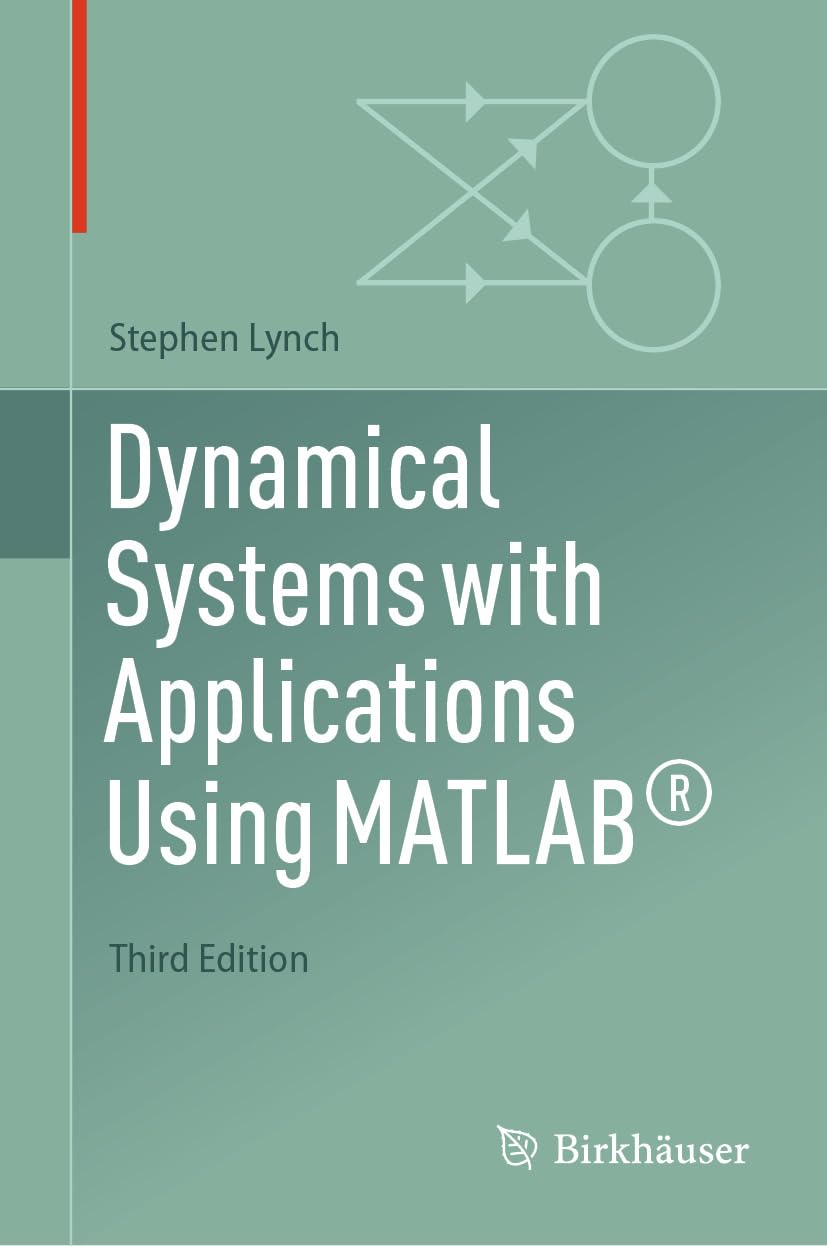
- Author: Stephen Lynch
- Edition: 3rd
- Publisher: Birkhäuser
- Publication Date: 08/10/2025
- Number of Pages: 563
- Format: Hardcover
- Price: $109.99
- ISBN: 978-3-031-89066-6
- Category: textbook
[Reviewed by Bill Satzer, on 11/13/2025]
This is the third edition of a book first published in 2004. The second edition of this book was published in 2014. This new edition adds treatments of numerical methods for ordinary and partial differential equations, as well as discussions of delay differential equations, and artificial neural networks. It includes an introduction to artificial intelligence with simple examples explaining artificial neural networks and includes what the author calls a deep learning toolbox. The third edition also provides a lot more applications, examples, and exercises. Generally, the author emphasizes breadth of coverage over theoretical questions, so there are few theorems and proofs.
MATLAB software is still a key part, and now includes the associated Symbolic Math, Image Processing, and Deep Learning Toolboxes as well as Simulink. The approach is intensively hands-on, and MATLAB is the main tool.
As with the earlier editions, the book is appropriate for graduate students and upper-level undergraduates. Much of the book is accessible to readers with a general mathematical background in undergraduate mathematics. The book would also be of value to practicing scientists and engineers. No programming background is assumed. Indeed, the book begins with a very thorough introduction to MATLAB, one useful for both novices and more experienced users.
The book has three main components. The first treats discrete dynamical systems, the second continuous dynamical systems with ordinary and partial differential equations, and the third chaos control and synchronization. Some of the chapters explore the author’s special interests in greater detail. These include electromagnetic waves and optical resonators, fractals and multifractals, and binary oscillator computing.
The author addresses a very broad range of topics. Roughly the first half of the book is accessible to undergraduates. After that, it becomes better suited for graduate students or those more interested in advanced topics. One of the notable strengths of the book is the number and variety of applications that the author presents. The latter parts of the book offer several areas that might motivate further research.
A final chapter has exercises (emphasizing course work questions for discrete and continuous systems) and exam-type questions. Bibliographic references and some exercises are provided chapter by chapter.
The author has also written a similar book that uses Python in place of MATLAB. This might be of interest to readers who prefer that language or are looking for a less expensive alternative to MATLAB.
Bill Satzer (bsatzer@gmail.com), now retired from 3M Company, spent most of his career as a mathematician working in industry in diverse applications. He did his PhD work in dynamical systems and celestial mechanics.
